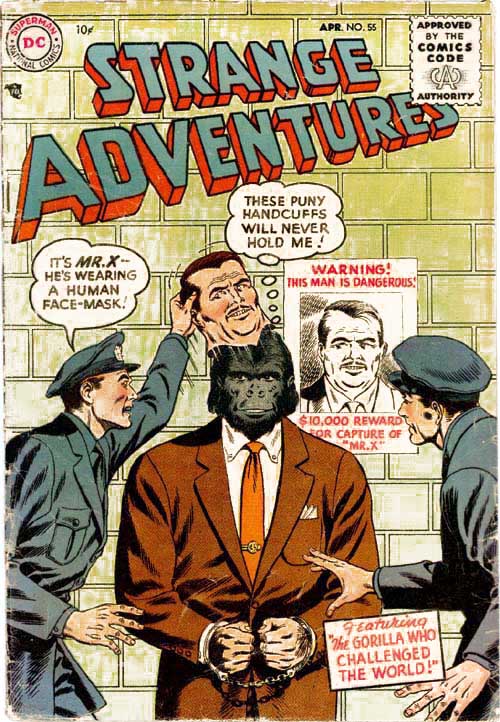 |
| From Paul's Portrait |
Technology has always been one of my favorite topics. Although, I consider myself to be deeply connected to nature, I am also comfortable with the many powerful uses of computers & the Internet.
Many people are afraid of the relentless progression of technological development, and worry about the potential loss of "human-ness" that will result from our dependence on tech. I see all technology simply as a set of tools- with the potential for good, bad, & even neutral, consequences.
Humans have always had an integral, & often dependent, relationship with our inventions. There have been countless mind-augmenting technologies over the millenia, in the realm of communication. Spoken language, written symbols, the printing press, and the World Wide Web are all creations that have allowed the human mind to better connect with other minds.
Email, text messaging, social media, and other electronic systems are slightly more advanced steps toward a form of technological telepathy. The fundamental goal of a human being, in relation to other beings, is simply to connect. What digital devices are allowing us to do is make these connections in increasingly novel ways, at instantaneous speeds.
TechCrunch:
Right now, there is a Occupy Central protest in Hong Kong, advocating for representational democracy. The protesters are using the FireChat app to bypass the Internet & cell coverage, allowing peer-to-peer "mesh networking". This type of connection is extremely difficult for authorities to stop, since it is not reliant on a central or common network that can be blocked.
This demonstrates that technology is a source of evolution, that is every bit as real as biological mutation. Technology is a transformative aspect of the human experience- adapting & changing to fit the situation, and much more rapidly than natural selection.
As much as I truly appreciate the many positive uses for digital tech, there are just as many potentially hazardous outcomes. Unfortunately, I don't think humans will outgrow their capacity for maliciousness & desire for control of others before this technology develops.
In addition to humanity's flaws, perhaps the machines themselves could be a subtly invasive force. Sometimes I imagine electronics as silicone creatures, that are evolving to latch on closer & closer to humans, trying to merge into us like some kind of parasite. Computers are getting smaller, and moving closer to our bodies, via smartphones & wearable devices. Eventually, they will be embedded in our brains and incorporated directly into our biological systems. Then, we will become as dependent on the benefits of our iThink brain implant as we are on our mobile devices today.
If this ultimate symbiosis between mind & machine happens, could it be a source of cognitive liberation, through limitless mind-expansion,... or a virtual trap for our consciousness?
Earth. We are One:
Regardless of the possible consequences, both science & the technologies it produces will continue to ceaselessly advance. This year, scientists have achieved direct brain-to-brain communication, so the era of truly interlinked minds is rapidly approaching. Then, perhaps instead of sending clumsy symbolic communications such as text or even the primitive monkey grunts of our voice, humans will be able to directly share thoughts among minds.
As the late, great philosopher and psychonaut Terence McKenna said,
"It is not what we thought telepathy would be,
which, I suppose (if you're like me)
you imagine telepathy would be hearing what other people think...
It isn't that.
It's seeing what other people mean."
























